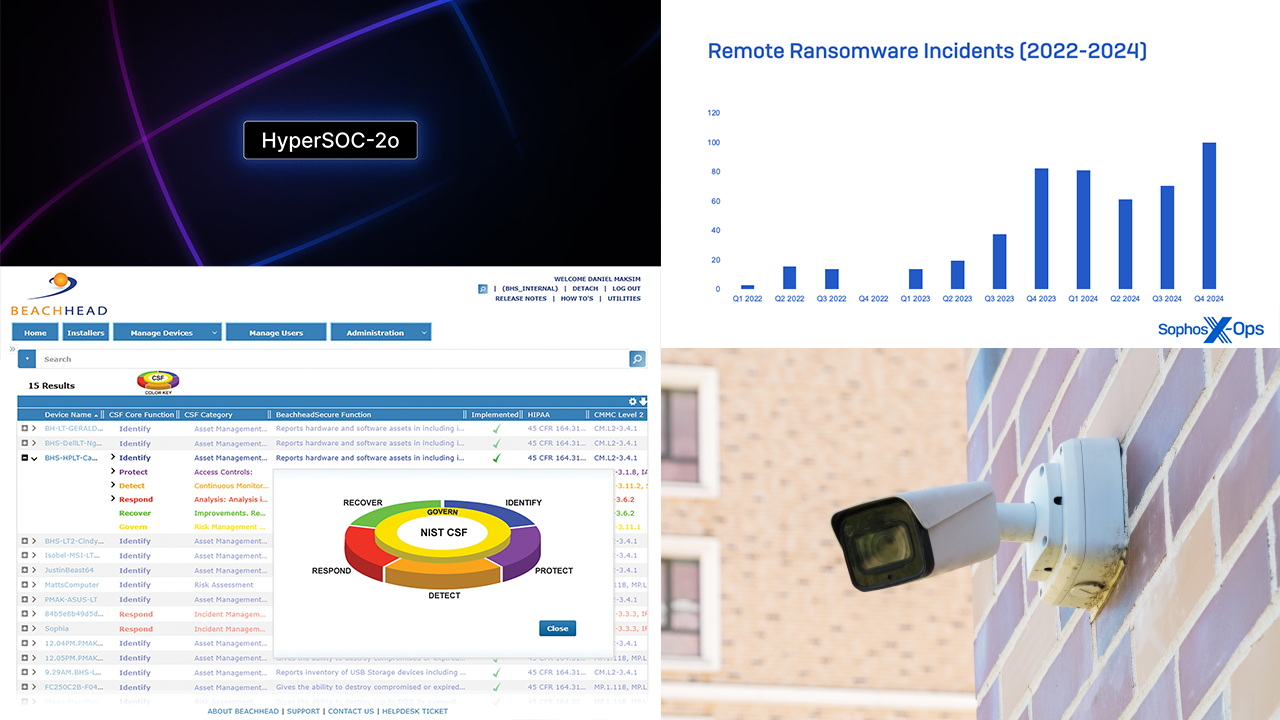The IT supply chain has undergone a profound transformation. The everything-as-a-service (XaaS) subscription model is now the core source of revenue for IT businesses, generating 77% of gains from existing customers, according to data from CloudBlue. And as more IT service providers seek to transform from software suppliers to service providers, the XaaS customer experience is moving closer to the “one-click” shopping experience of Amazon.
To claim their share of what Gartner anticipated to be a $1.3 trillion IT industry in 2022, companies selling software or hardware are now building broader catalogs, selling integrated solutions, and acquiring and/or seeking to become managed service providers (MSPs) themselves. With the unprecedented popularity of XaaS across IT distributors, ISVs, telcos, and MSPs, the lines between those segments are slowly blurring. Amid this consolidation, next-generation MSPs will be at the forefront of overcoming industry-specific hurdles and innovation. The most forward-looking and ultimately successful MSPs will be those that fully embrace digital transformation.
Challenges MSPs Must Overcome
Today, companies worldwide want to be leaner and reduce operating costs. As a result, many are digitizing. However, since negotiating with multiple vendors is complex and time-consuming, businesses usually prefer the simplicity of a single vendor to handle their operations from start to finish.
This shift is transforming the digital supply chain as we know it. In response, partners ranging from tech manufacturers, ISVs, and telcos are pushed to find new business alliances or form their own MSP. For example, telecommunications provider Telefonica established a subsidiary called Telefonica Tech, and Orange recently acquired several cloud-based infrastructure and cybersecurity providers like Enovacom and SecureData.
These companies are finding inherent benefits in selling and integrating end-to-end business solutions rather than just selling products. This is because—as an MSP—it’s possible to capture higher margins on software and services. In our analysis, we found that companies like Xerox (40%) and Cisco (70%) enjoy significantly higher margins selling XaaS business solutions than those mainly selling hardware, such as HP (19%) or Lenovo (17%). At the same time, solution selling does not require as much additional personnel, enhancing scalability.
So, as more companies commit to digital transformation, MSPs are there to help. But keep in mind that growth as a provider is not assured. Rather, in today’s accelerated context, MSPs often encounter three challenges when trying to expand:
Stiff competition. Most IT vendors active in the XaaS market are now adding consulting, implementation, and management to their portfolio, making it more difficult and costly for MSPs to attract new customers. Thus, providers need to think about how they can sell more services per customer to create growth.
Growing pains. When adding new customers, MSPs must often staff up. In addition, both service delivery and billing become more complex, and overall costs increase. This means providers need to reinvent their traditional operations and develop a scalable business model.
High procurement costs. A Salesforce report from 2021 shows that more than 80% of SMBs conduct at least part of their business online—and the trend is growing. MSPs have great potential to penetrate vertical segments and increase revenue growth if they find ways to offer lower-value contracts.
5 Ways to Fuel Growth
So, how can MSPs tap into new customer segments, increase efficiency, and achieve long-term revenue growth? Here are five ways.
1. Catalog expansion
MSPs need to increase their service offering, and thus their bottom line, by expanding their solution portfolio. For example, companies that manage their remote workstations through MSPs may also consider cybersecurity and productivity offerings. Adding more solutions from different vendors can deepen existing segments or open the door to entirely new segments.
However, expanding the catalog requires the appropriate technical infrastructure so that automation of procurement and fulfilment from multiple vendors doesn’t turn into a burden. MSPs need automation platforms with native preintegration, thereby allowing instant transactions with vendors to create huge cross-selling and bundling opportunities.
2. XaaS delivery automation
As a solution to the increasing complexity of growing customer bases and solution portfolios, MSPs need to invest in a digital delivery platform that enables operations to scale. When MSPs offer solutions, they can quickly grow their catalog and start transacting immediately through XaaS provisioning automation. Most companies turn to a cloud procurement platform for this. Cloud procurement helps increase the efficiency of operations because all systems can use a single platform for unified procurement. In addition, the automation of cloud platforms can then be leveraged for catalog expansion, growth per customer, and new customer acquisition—all without increasing headcount.
3. Back-end procurement as a marketplace
As already mentioned, MSPs provide comprehensive IT management. This means that their customers do not have to make IT purchases or perform installations and maintenance. But to enable seamless provisioning and management of IT services, MSPs need a strong but simple-to-use procurement tool on the back end.
Back-end personnel benefit from a single view and automated processes for each contract in a single platform. The more complex the automation on this platform, the lower the total cost of ownership and the more efficient the ordering and fulfillment processes.
4. Next-generation self-service capabilities
Automation enables MSPs to enter the self-service B2B cloud business. An automated front-end marketplace allows customers to “buy and go” while keeping costs low for MSPs. Ultimately, these marketplaces can target SMB customers with product packages. Such packages ideally work as a preintegrated solution of products and services at a competitive price that customers just have to order and install.
5. Multicloud orchestration
As demand for the cloud increases, so does the need to provide the most powerful yet cost-effective cloud solution for each type of business. Multicloud orchestration allows MSPs to pursue a hybrid cloud strategy. With orchestration, redirecting data to each cloud can be automated without the need for engineers, translators, or end users to connect manually.
Centralized management of private and public cloud infrastructures must become a focus for MSPs. Large enterprises have already moved their mission-critical applications to public clouds such as Amazon Web Services, Microsoft Azure, and Google Cloud Platform while outsourcing noncore applications to private providers. Smaller companies are now looking to follow suit.
Doubling Down on Digital Transformation
As businesses worldwide aim to transform digitally, MSPs must act as partners and help companies implement the necessary strategies for undertaking this transition. But first, they must adapt themselves.
By prioritizing automated back-end operations, tomorrow’s MSPs will be able to scale their businesses in terms of solutions, customers, and new customer segments. Ultimately, such forward-thinking investments will free them to refocus on the high-impact needs of their customers, readying MSPs to excel in an ever-evolving role.
JOAN FRANCESC PUYOL is global director of CloudBlue, an Ingram Micro Business.














